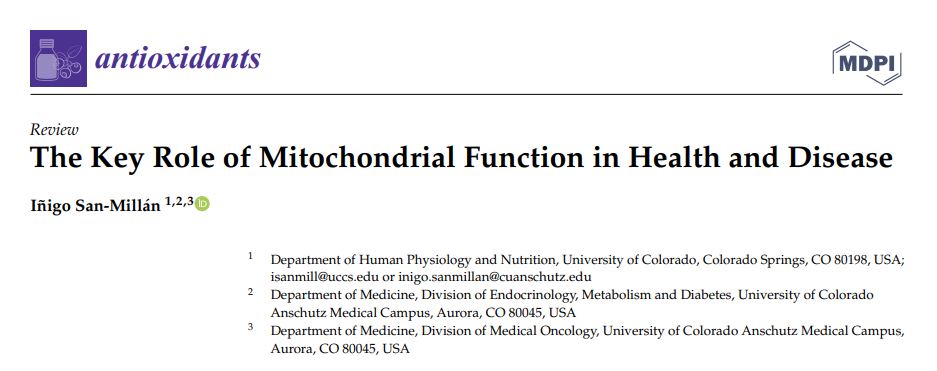Part 9. Welcome. I learned some neat stuff from reading this paper and I would like to share:
- When there is decreased mitochondrial function the bioenergetics of cardiomyocytes (heart cells) shifts towards more glycolysis as is the case of cardiac hypertropy and heart failure. even a small increase in glucose metabolism as a result of mitochondrial dysfunction can lead to cardiomyocytes with metabolic inflexibility.
- Mitochondrial dysfunction affects vascular tissue. mtDNA mutations and mitochondrial damage have been correlated with atherosclerosis.
Furthermore, mitochondrial dysfunction plays a significant role in cardiovascular diseases, affecting both heart and vascular tissues. The heart, which is highly oxidative, relies on mitochondrial oxidative phosphorylation for ATP production, primarily through fatty acid β-oxidation and aerobic glycolysis.
Dysfunction here disrupts cellular bioenergetics, leading to increased glycolysis, as seen in cardiac hypertrophy and heart failure. Additionally, patients with coronary artery disease show higher mitochondrial DNA (mtDNA) deletions, impairing mitochondrial function, increasing ROS production, and causing cellular damage.
In vascular tissues, mtDNA mutations and damage are linked to atherosclerosis, with reduced mtDNA copy numbers in plaques. Vascular endothelial cells (VECs), which support angiogenesis, rely heavily on glycolysis and lactate production for cell proliferation. Mitochondrial dysfunction in VECs can lead to pathological conditions like atherosclerosis and hypertension. VEC senescence is also associated with mitochondrial impairments, including mtDNA mutations, electron transport chain dysfunction, and increased ROS.
San-Millán I. The Key Role of Mitochondrial Function in Health and Disease. Antioxidants (Basel). 2023 Mar 23;12(4):782. doi: 10.3390/antiox12040782. PMID: 37107158; PMCID: PMC10135185.

